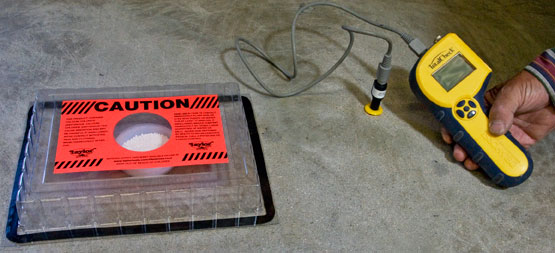Why do u need the paint to be breathable? To suck more moisture inside to then dry it w either normal air circ or a deuy? Why?
If u clean all the buildup thoroughly, then seal the inside walls w moisture resistant primer/top coat, that should end ur problem. No more water coming through the wall, less humidity, no salt build up. Peeps that put in a livining area in a damp basement seal the walls this way all the time, then just frame and drywall.
U wont be digging out 2-3' all the way around your foundation from the outside and then do a proper sealing anyway, so sealing the inside wall is the next best thing. I think u r overthinking it.
Id seal it w a good primer like the kilz, or something like it. Maybe even look into a marine paint/primer, assuming it will bond well w cement. Ez as painting and venting... And prepping the wall before.
why do people think kilz is the end all of good primers? in my experiance, pretty much all of the 'do it all' paints and primers are not great on any substrate. just ok.
regarding paints. its generally thought that the concrete walls should be able to dry to the interior slowly via vapor retarding assemblies or coatings...
however people spray closed cell foams on basment walls ALL THE TIME...from what i know this has never been a problem.
closed cell foams are about as vapor tight as you an get.
so i agree with your that you COULD use a vapor tight coating of some sort, but only if the basement does not have water flooding issues. its just not an industry accepted practice.
the amount of moisture you would exclude though is less than you think... moving to a low from a high perm paint.
but if you have flooding issues you will still need a system to handle that water. no coating short of like... polyurea or something very hearty will stop water from getting into a basement.






